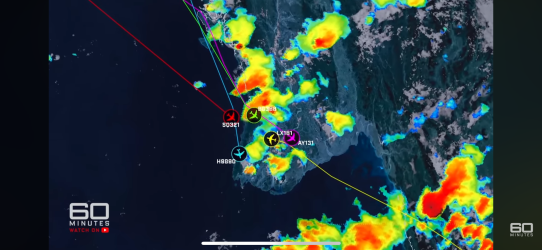jb747
Enthusiast
- Joined
- Mar 9, 2010
- Posts
- 13,498
They may well have been in cloud. Or it was hidden by cloud. Doesn't matter. That's what radar is for.It was afternoon when it occurred and the sun likely just behind them.
You don't fly over baby cells....'cos they grow up very fast. Actually you don't fly over any cells.I wonder what they saw looking out the window - was the cell below them initially but rapidly rising?, or were the storm cells visible in the window?
Some traffic may have been on data link, so you don't hear that. Calls happen all the time, though, and people filter out anything that doesn't include their callsign. It's more noise than information. There are always storms in that region...you're supposed to be able to work out how not to hit them.Seems like it wouldn't have taken a lot of knowledge to have avoided that cell - one would assume that there would have been some radio traffic with aircraft diverting from course to avoid it as well - that should have alerted them enough for them to have a closer look at what was going on.
Last edited:















